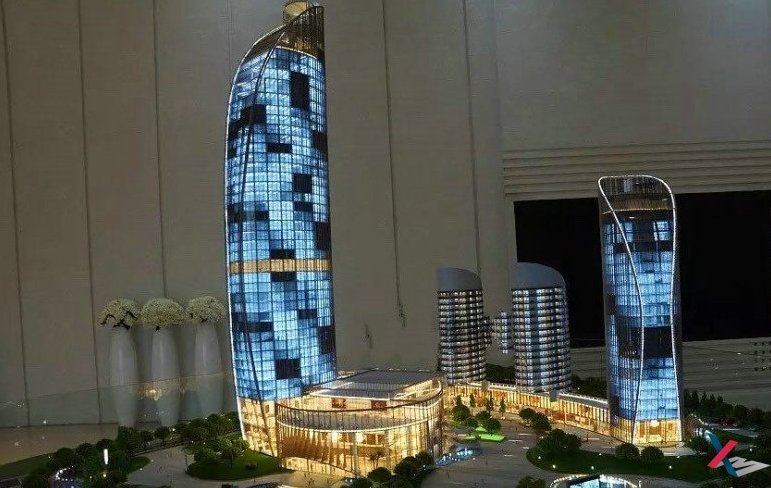An architectural model making company is responsible for creating highly detailed and accurate architectural models of houses and other structures. Here is an overview of how an architectural model making company typically creates an architectural model of a house:
- Gathering information: The first step in creating an architectural model of a house is to gather all relevant information about the design. This includes architectural plans, elevations, and details about materials and textures.
- Choosing materials: The next step is to choose the materials that will be used to create the model. This can include a range of materials such as wood, plastic, metal, and paper. The materials should accurately represent the intended materials used in the building or structure.
- Creating the frame: The frame of the model is created using precision cutting tools such as laser cutters or CNC machines. The frame is typically made from wood or plastic, and serves as the foundation for the rest of the model.
- Adding details: Once the frame is complete, details such as windows, doors, and other features are added to the model. These details are typically created using 3D printing or CNC milling, and are carefully positioned and attached to the frame.
- Texturing and painting: Texturing and painting are critical steps in creating an accurate and effective architectural model of a house. Careful attention is paid to accurately representing the textures and colors of the intended materials used in the building or structure.
- Finishing touches: The final step in creating an architectural model of a house is to add finishing touches such as landscaping, furniture, and other details. These details help to create a more realistic and effective model that accurately reflects the intended design.
Overall, an architectural model making company uses a range of tools and techniques to create highly detailed and accurate architectural models of houses and other structures. Careful attention is paid to accuracy, materials, details, and finishing touches to ensure that the final model is an effective tool for communication and design.

